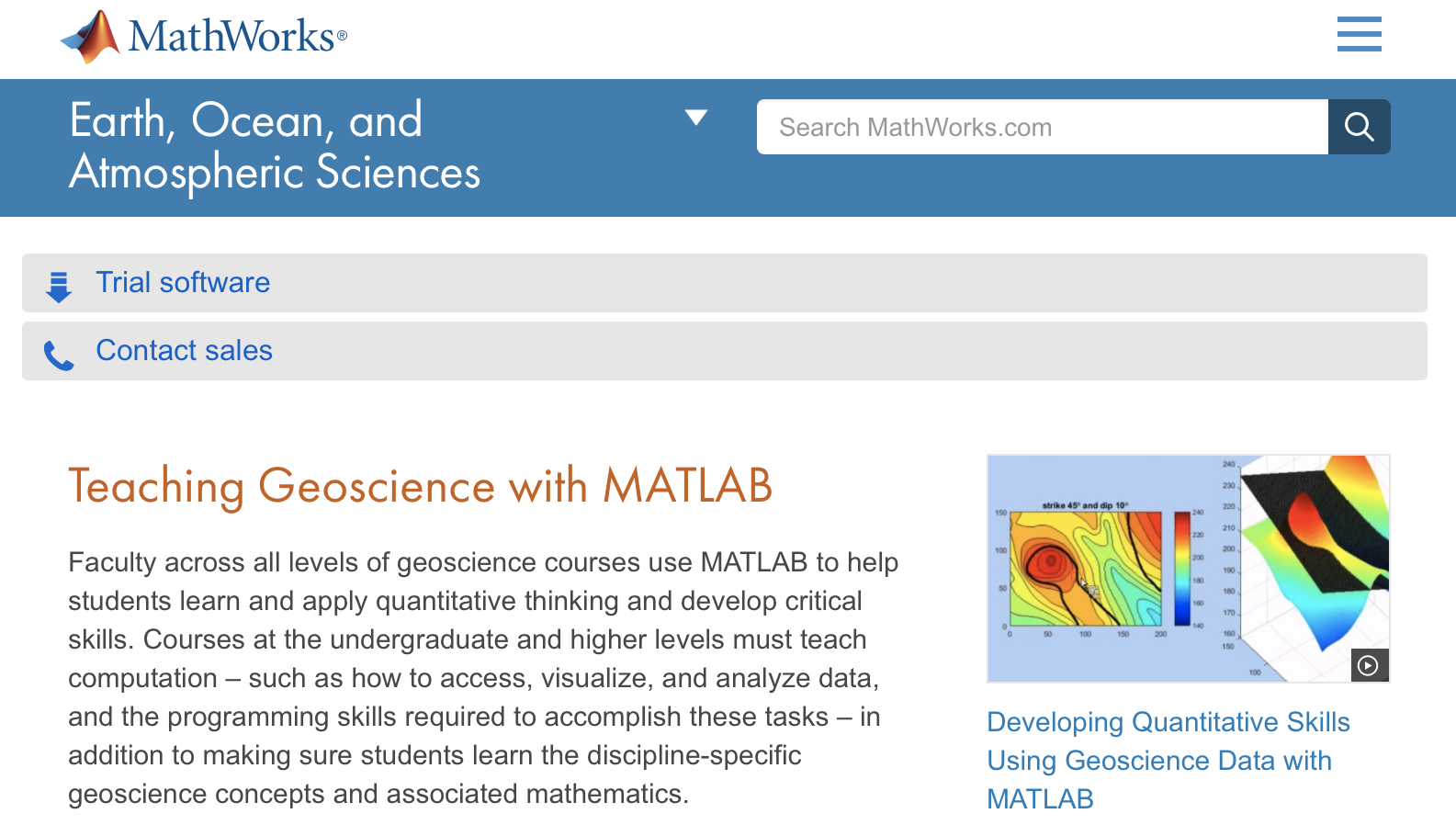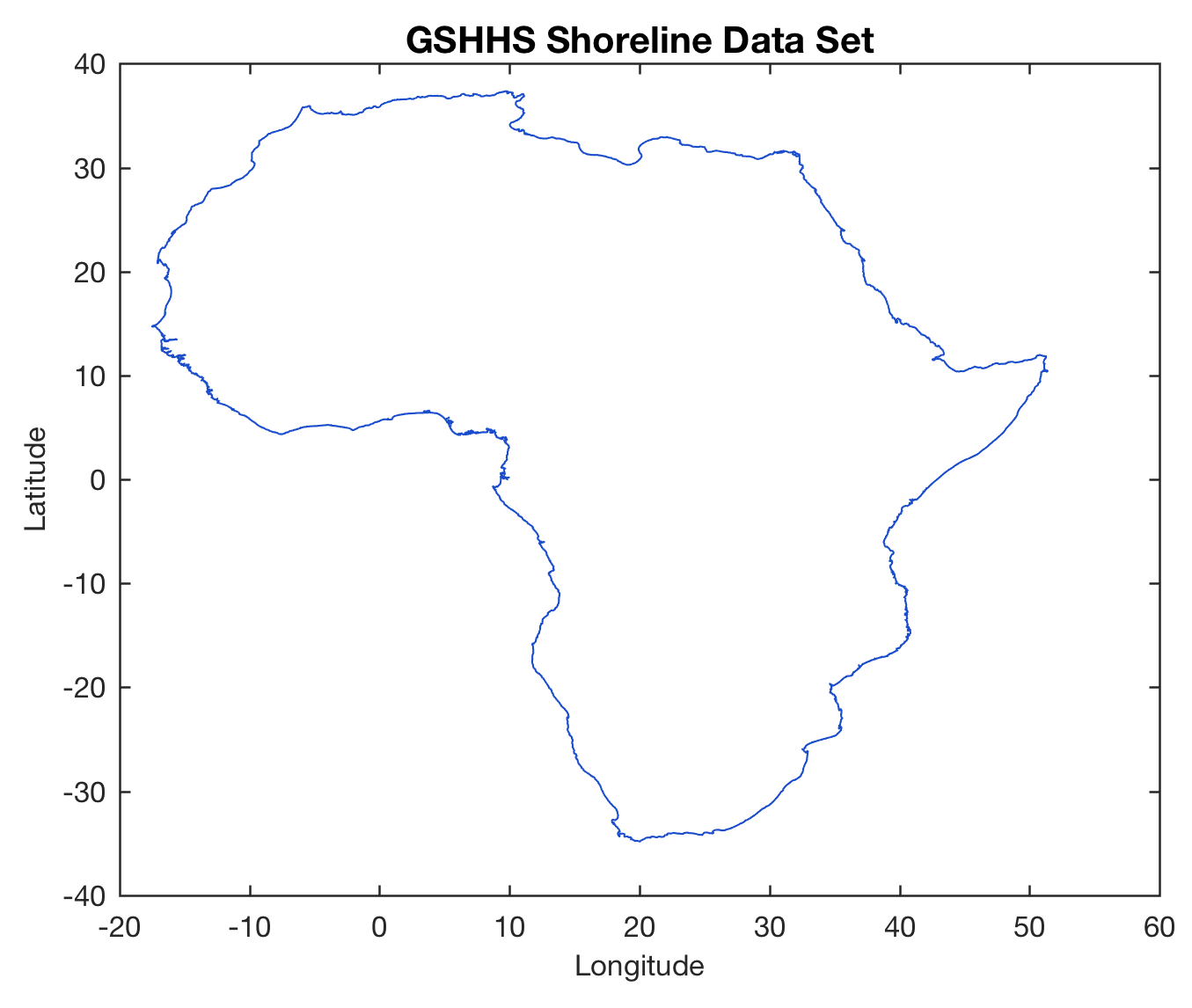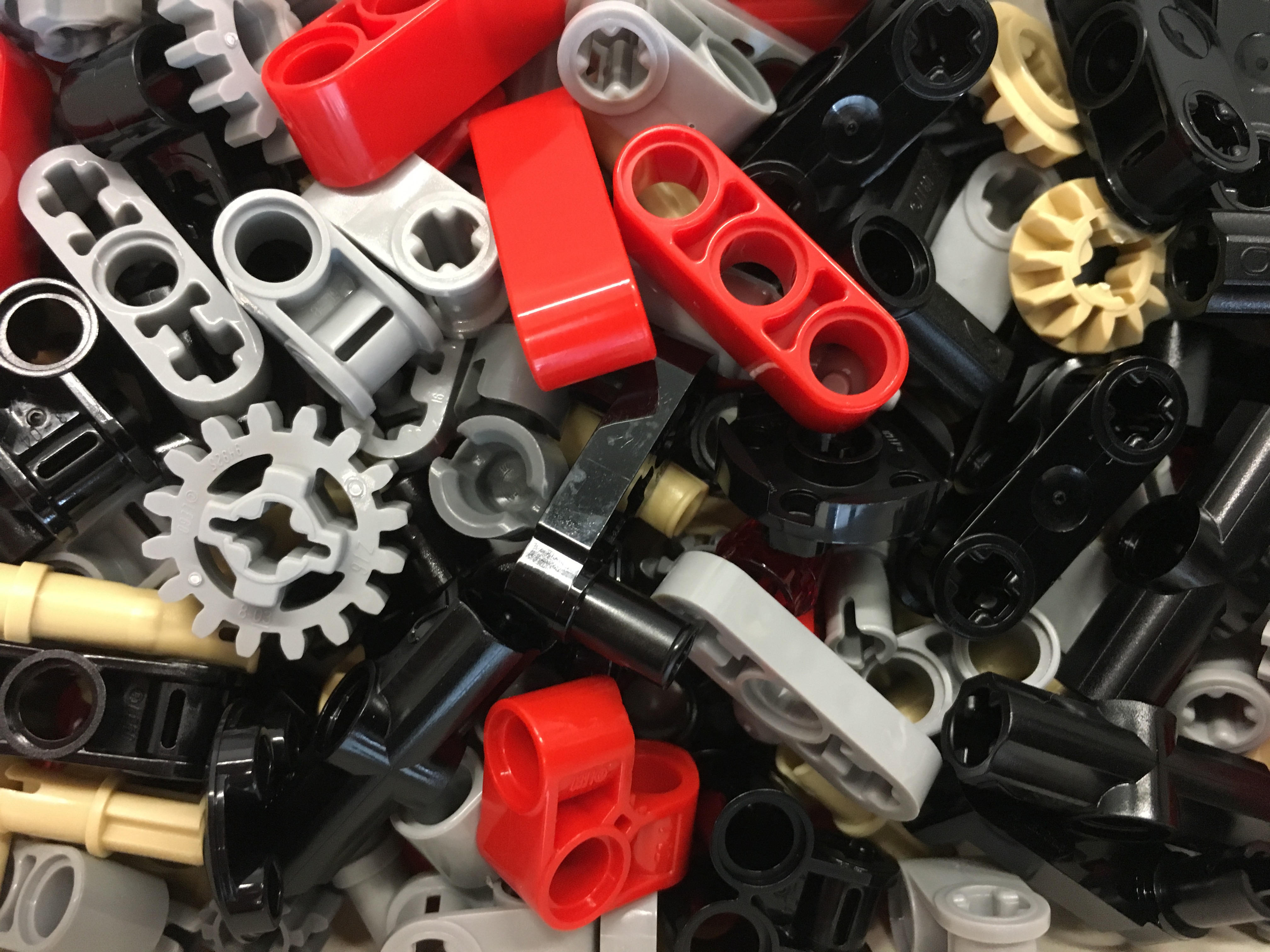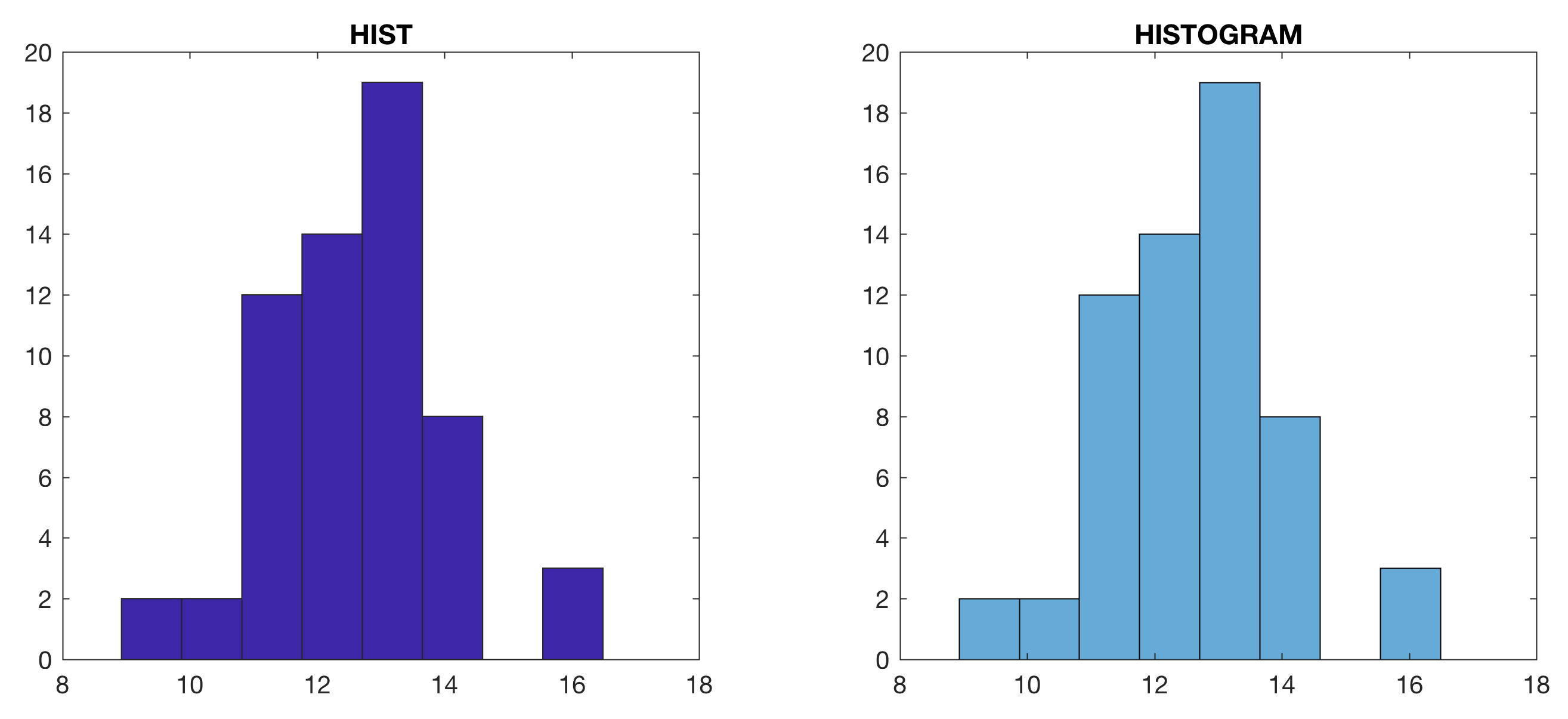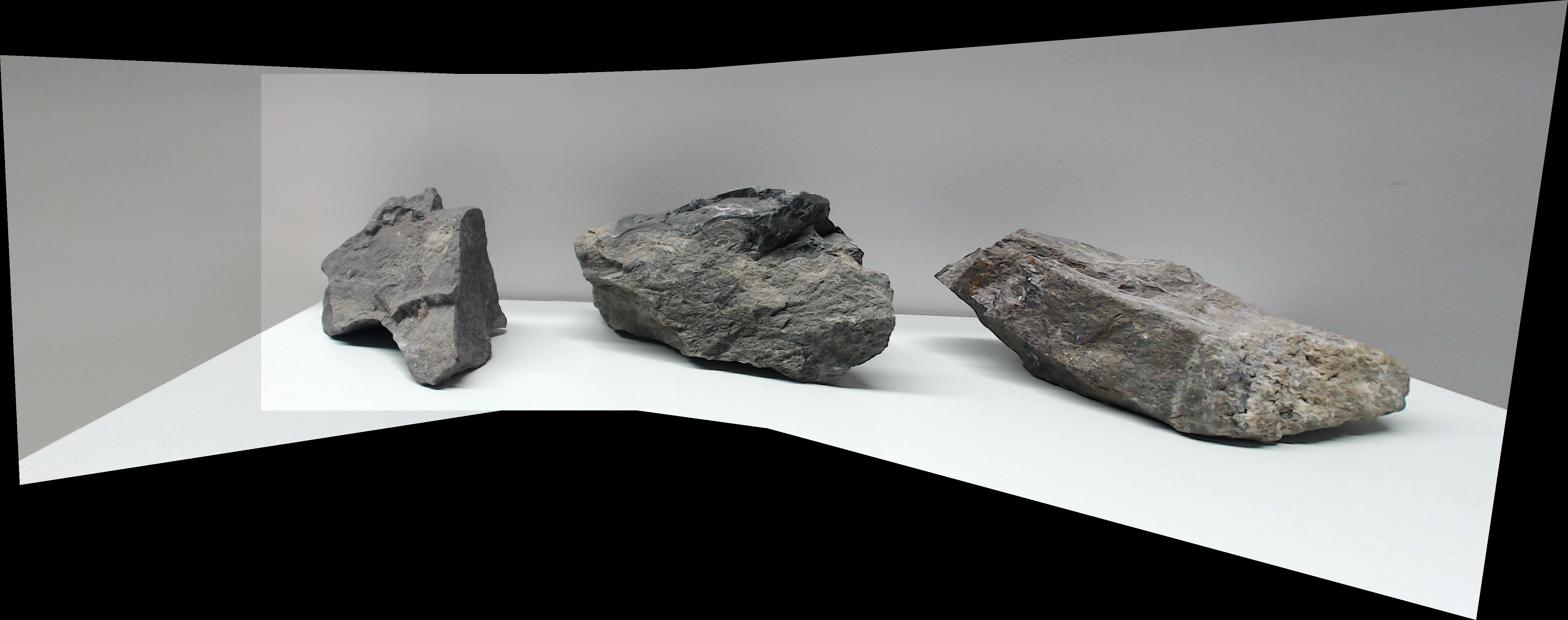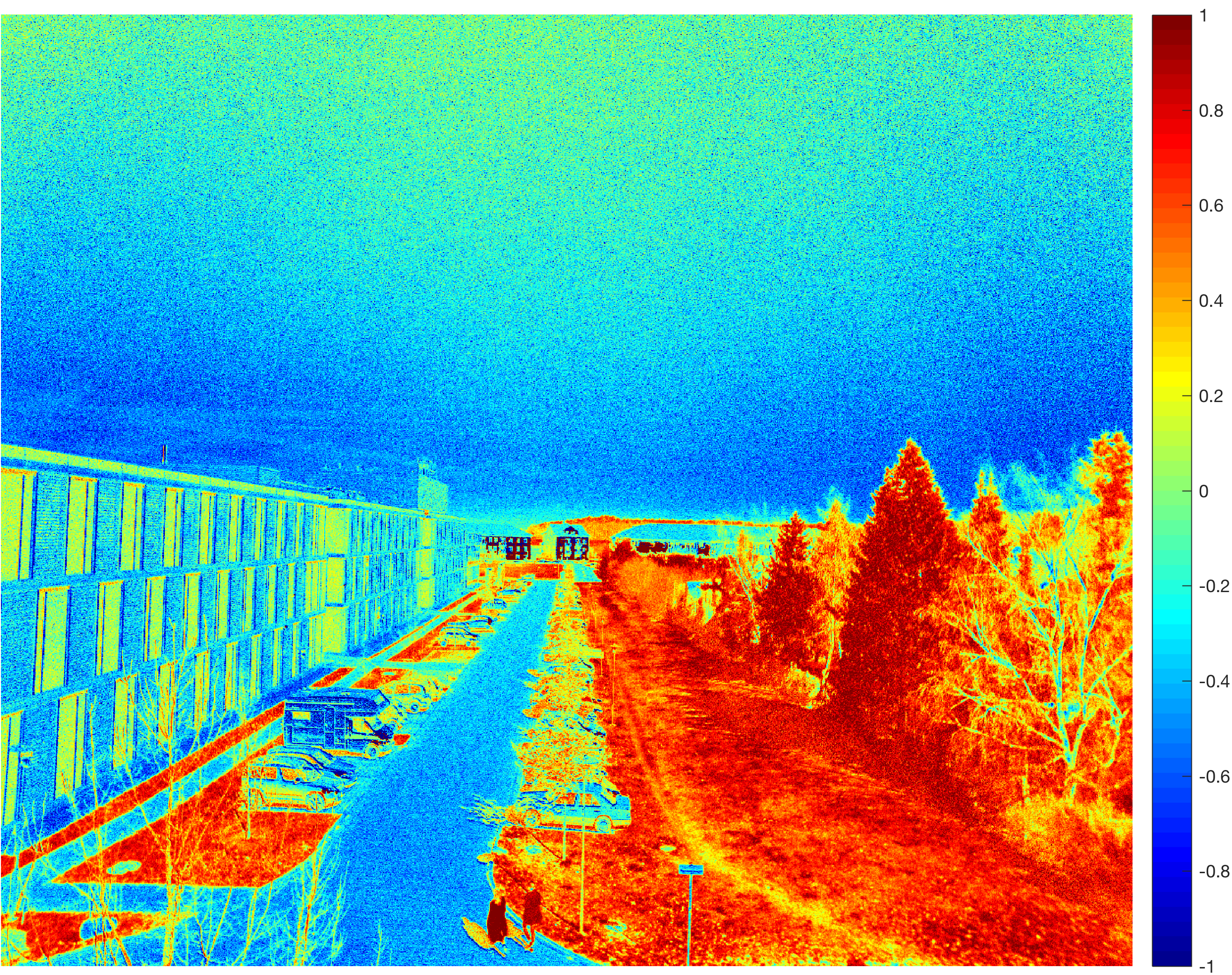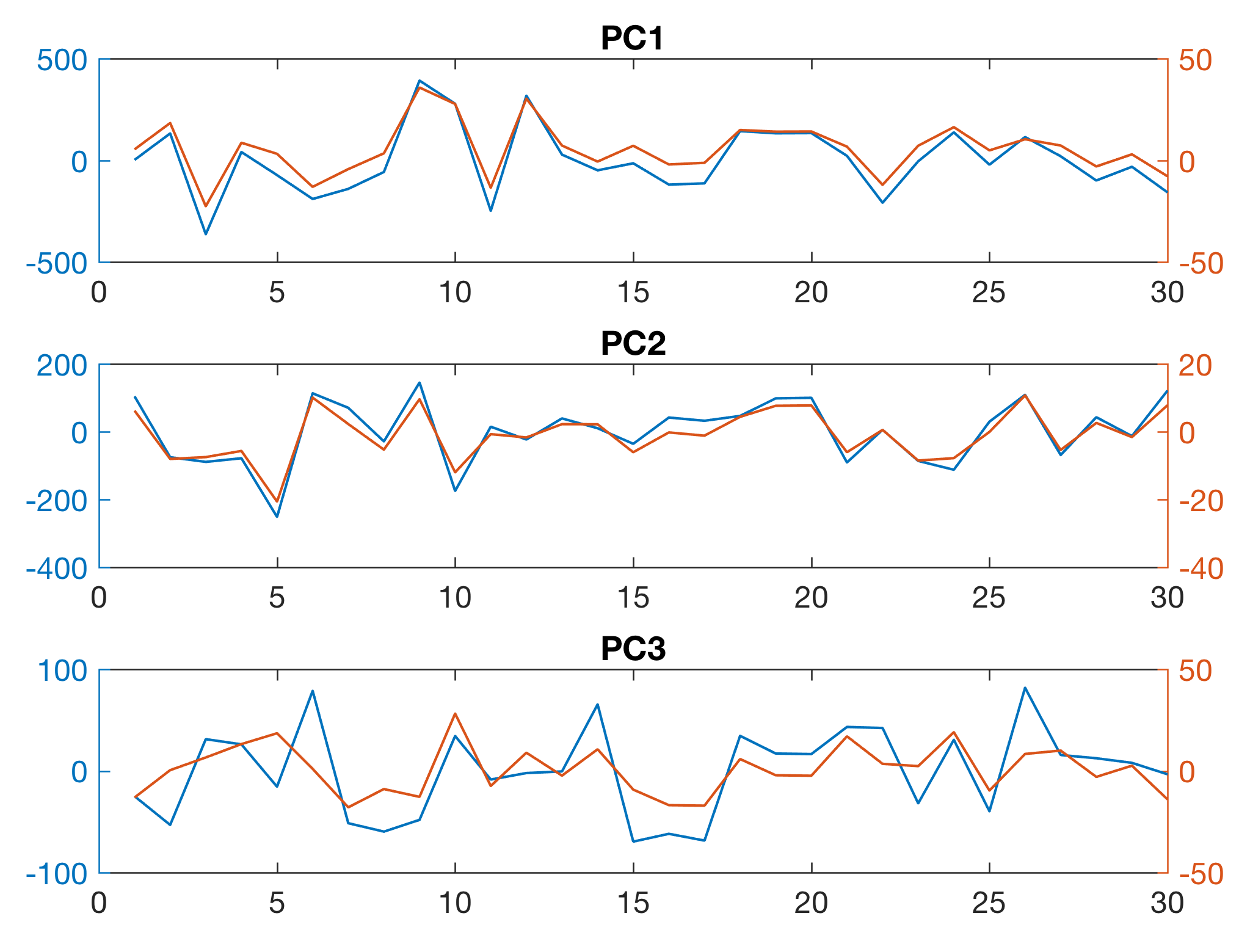
Principal component analysis (PCA) detects linear dependencies between variables and replaces groups of linear correlated variables with new, uncorrelated variables referred to as the principal components (PCs). The MATLAB function pca helps to perform such an linear unmixing experiment. Continue reading “Linear Unmixing Variables Using the PCA with MATLAB”

